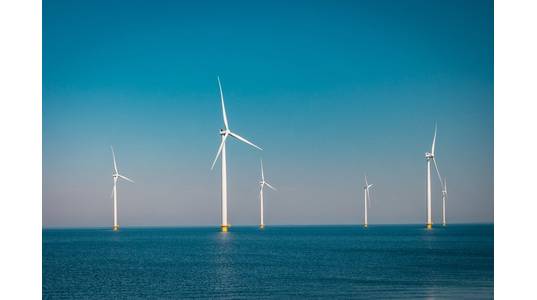
Japan laid out a “green growth strategy” last Friday that includes a goal to replace new gasoline-powered vehicles with electric cars by the mid-2030s to reach net-zero carbon emissions and generate nearly $2 trillion a year in green growth by 2050.
Here are the key issues:
ENERGY
Japan’s electricity demand is expected to increase 30%-50% from current levels by 2050 due to electrification in the industrial, transportation, and household sectors.
The country aims to expand renewable energy as much as possible by 2050, with the reference goal of renewable energy sources accounting for 50% to 60% of the nation’s power supply by 2050, up from 18% in the financial year ended March 2020.
Under the reference target, the rest would come from power plants using hydrogen and ammonia, accounting for 10% of the electricity, while nuclear power, along with thermal power stations with carbon capture technology, will provide the remaining 30%-40%.
To boost green power, Japan plans to install up to 10 gigawatts (GW) of offshore wind capacity by 2030, and 30-45 GW by 2040, while slashing the cost to between 8-9 yen ($0.08-$0.09) per kilowatt-hour by 2030-2035.
It wants to achieve 20% use of ammonia as a mixed combustion fuel at thermal power stations by 2030.
Japan aims to increase annual hydrogen consumption to up to 3 million tonnes by 2030 and 20 million tonnes by 2050, while cutting the cost to 30 yen per normal cubic meter (Nm3) by 2030 and 20 yen per Nm3 by 2050 in areas such as power generation and transportation.
It plans to reduce reliance on nuclear power while maximizing use of the existing plants and developing next-generation reactors.
TRANSPORT AND INDUSTRIES
Japan aims to eliminate sales of new gasoline-powered vehicles by the mid-2030s, shifting to electric vehicles (EVs) including hybrid vehicles and fuel cell vehicles.
The country is targeting to reduce the cost of batteries, key components of an EV, to 10,000 yen ($97) or less per kilowatt-hour by 2030.
It aims to switch fuels for sea-going vessels to cleaner ones such as hydrogen and ammonia by 2050.
Japan targets to have all new houses and buildings to be built with zero-emission technology by 2030.
($1 = 103.4400 yen)
Reporting by Yuka Obayashi; Editing by Raju Gopalakrishnan